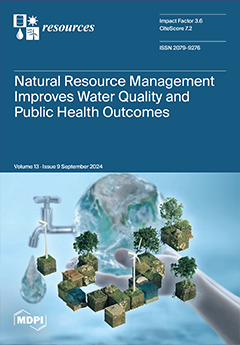Microalgae offer distinct advantages as a nutritional source for aquaculture and as a means of wastewater bioremediation. Studying the phycosphere bacteria and understanding their complex interactions is essential to optimizing high-quality biomass growth. This study aimed to isolate, characterize, and identify bacteria from
[...] Read more.
Microalgae offer distinct advantages as a nutritional source for aquaculture and as a means of wastewater bioremediation. Studying the phycosphere bacteria and understanding their complex interactions is essential to optimizing high-quality biomass growth. This study aimed to isolate, characterize, and identify bacteria from the phycosphere of marine microalgae and to determine their potential to enhance growth, metabolism, and bioremediation capabilities of
Chaetoceros calcitrans in stress nutrient-poor media simulating aquaculture wastewater enriched with nitrate, nitrite, or phosphorus. Bacterial characterization included tests for auxin and siderophore production, biofilm formation, amylase activity, phosphate solubilization, mobility, and antagonism evaluation. When
Alteromonas macleodii,
Bacillus cereus, and
Marinobacter sp. were selected and then enriched (10
7 CFU/mL) in co-culture with
C. calcitrans, growth levels significantly increased in four of six Synthetic Aquaculture Wastewater (SAW) media. Pigment levels were higher in five of six SAW media, and lipid levels were higher in SAW rich in nitrite (SAWni50) and phosphorus (SAWpho50). In addition,
C. calcitrans with or without the bacterial consortium demonstrated excellent phosphorus bioremediation, achieving 67.6% average removal in SAWpho50. Nitrate and nitrite assimilation rates were approximately 10% in SAWna and SAWni50. This study marks the inaugural identification of these bacteria as microalga growth-promoting bacteria (MGPB) for enhancing growth and lipid and pigment production in
C. calcitrans, and it also documents a maximum of 69.13% phosphorus removal.
Full article





